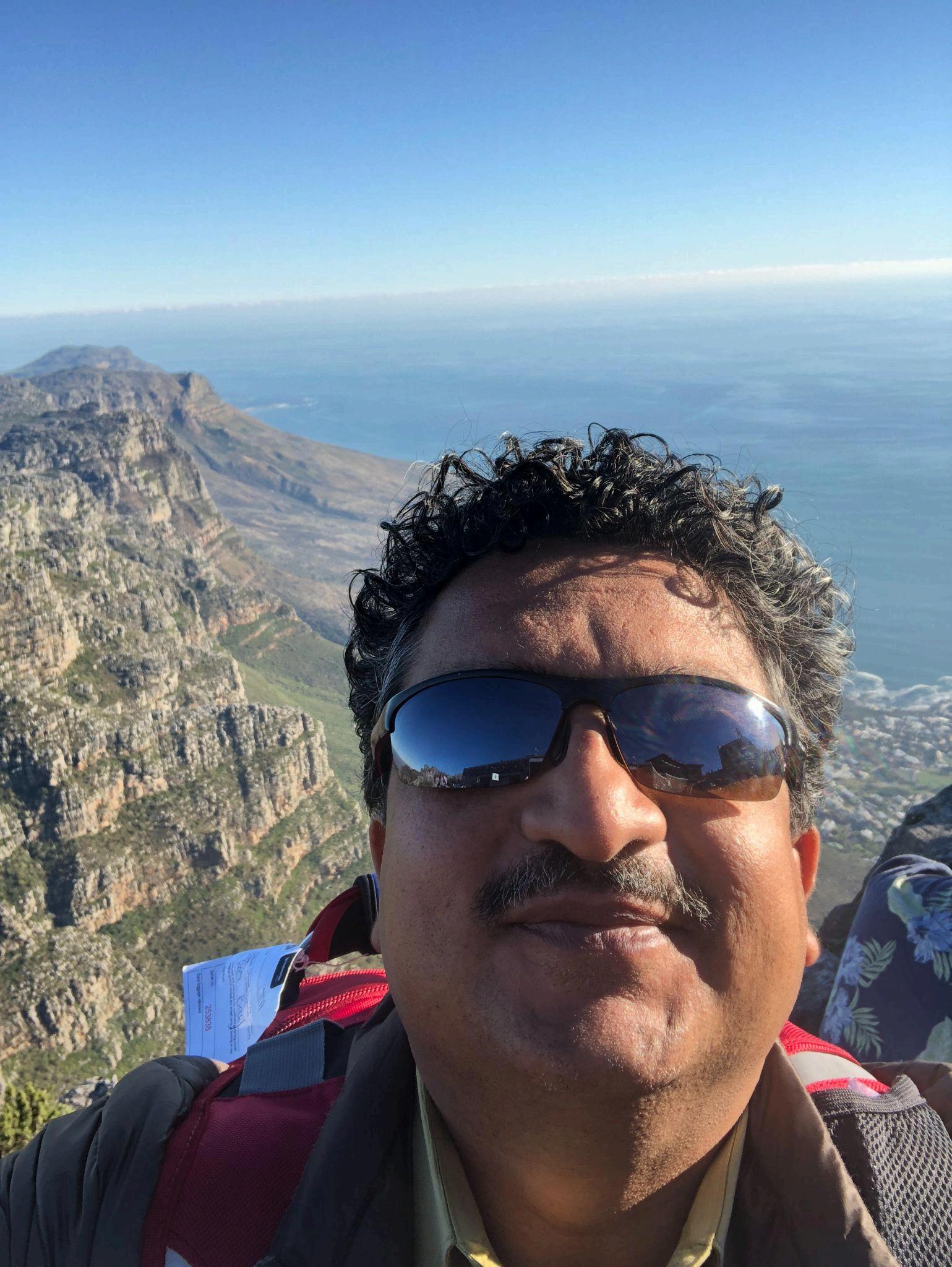Years of Student Leadership Development Journey Guide by Isam Vaid

Isam Vaid suggests that the first year of student leadership development rarely looks like a title It begins with curiosity and manifests as the willingness to join a committee, attend a meeting, and ask thoughtful questions. New students learn the campus map and the unwritten rules that help groups move They listen for goals behind the goals and spot where energy gathers A residence hall council seat or service project provides a safe space for practice and growth. Success in this season is measured in relationships and reliability. Showing up on time, taking notes, and following through on small tasks prove more potent than speeches Momentum begins when trust is established, and it grows through consistent action
In the second year, responsibility grows along with confidence. Students chair subcommittees, lead small events, and manage simple budgets They discover that planning is a craft and communication is a skill set worth daily attention. Agendas become shorter and more precise. Emails become kinder and more specific. Campus leadership shifts from quick enthusiasm to careful preparation Mentors help translate mistakes into lessons that prevent repetition A peer learns to run a meeting while another learns to build a sign-up workflow that actually works. The focus expands from what I can do to what our team can do together, and the work becomes smoother

By the third year, leadership skills stretch from personal organization into strategic thinking Student leaders ensure continuity, advocate for necessary resources, and foster partnerships across various offices and clubs. Negotiation stops feeling scary and starts feeling like a shared problem-solving process The best leaders use data from surveys, post-event reflections, and attendance patterns to inform priorities They design calendars that serve the mission rather than the mood of the moment. Mentorship becomes reciprocal as they advise first years while still seeking guidance from staff advisors The language of outcomes is reflected in meeting minutes, which link each activity to learning objectives and community needs.
Seniors often assume capstone roles that test the knowledge and skills they have acquired over years of student leadership. They guide transitions, draft playbooks, and secure commitments that will outlast their tenure They host retreats focused on values and set expectations that honor both compassion and accountability. Service projects deepen from one-day events to sustained collaborations with community partners. Budget conversations carry more weight, and transparency becomes a public promise Student leaders model how to evaluate vendors, negotiate contracts, and report results. Their legacy is not a single event, but a durable culture of inclusion, feedback, and steady improvement that younger members can build upon

Throughout these years, mentorship is the thread that stitches semesters into a coherent tapestry. A resident advisor names your gifts during a hallway conversation. A faculty member suggests a leadership minor that sharpens theory An alum shares a coffee and a story about failure that shortens your learning curve. Peer mentors offer real-time feedback, ensuring meetings are efficient and inclusive Effective programs frame mentorship as a network that grows alongside you, rather than as a single, wise person The circle widens and so does perspective. Students learn to seek advice early, apply it quickly, and share credit generously.
Healthy student leadership development also requires attention to wellness and a sense of belonging. Leaders cannot pour from an empty cup. Schedules include time for rest, reflection,
and unstructured play Inclusive practices transform good intentions into consistent habits Accessible events, clear role descriptions, and shared decision-making structures create spaces where more students can lead and feel welcome Equity training becomes part of onboarding and evaluation. Conflict is addressed with curiosity and resolved with written agreements. Reflection journals, coaching sessions, and small celebrations help teams metabolize stress and maintain morale The result is a program that is both sustainable for people and successful on paper.

What begins on campus does not end at graduation Employers prize graduates who can collaborate, set priorities, and communicate effectively across diverse groups and teams. Years of student leadership culminate in a portfolio of tangible outcomes, ranging from grant proposals and marketing plans to policy changes and successful fundraisers Alums carry forward practices that keep meetings humane and results-oriented. They mentor new colleagues and volunteer in local organizations The habit of reflection is sustained through annual goals and quarterly check-ins They continue to learn through workshops, podcasts, and community classes that refresh their perspective. Student leadership is not a brief chapter. It is a long apprenticeship in service, strategy, and shared success
